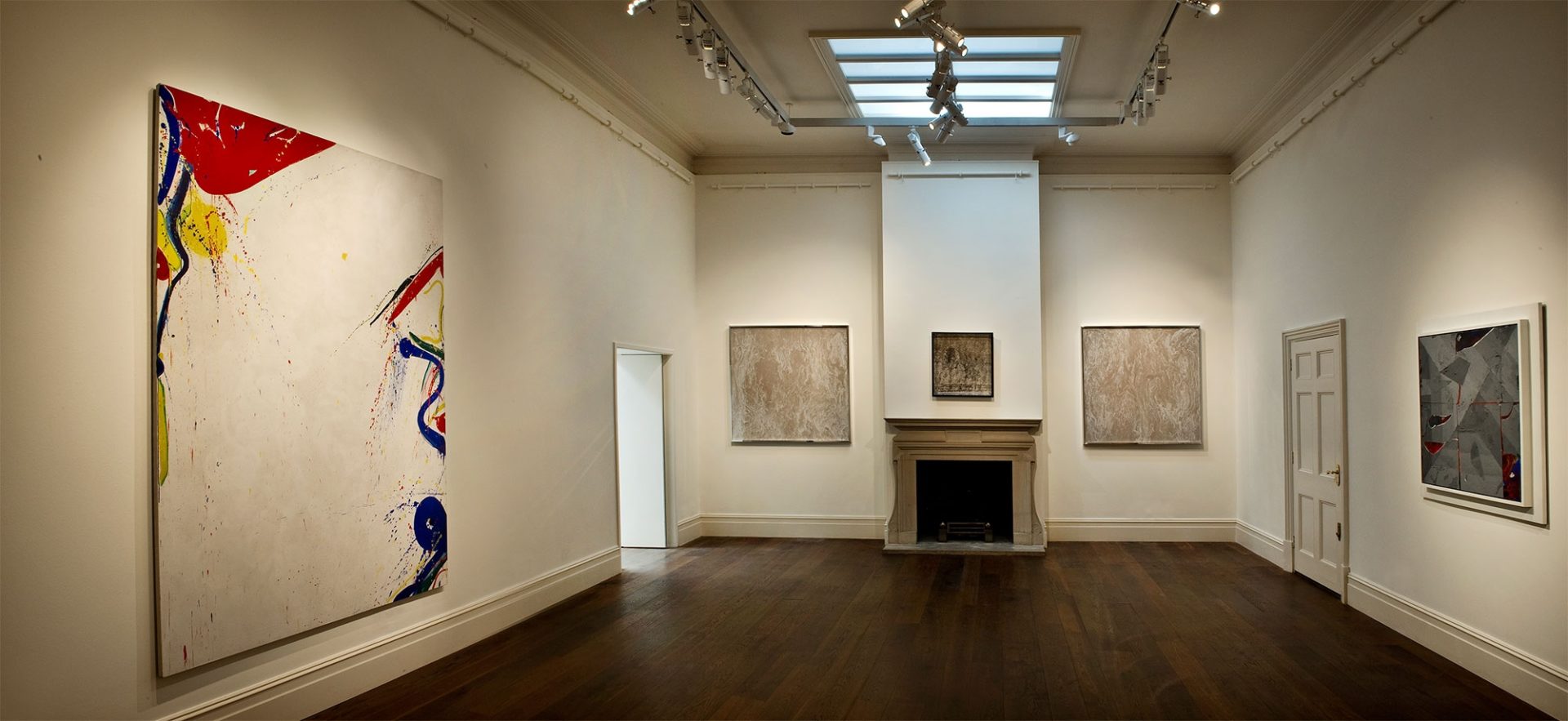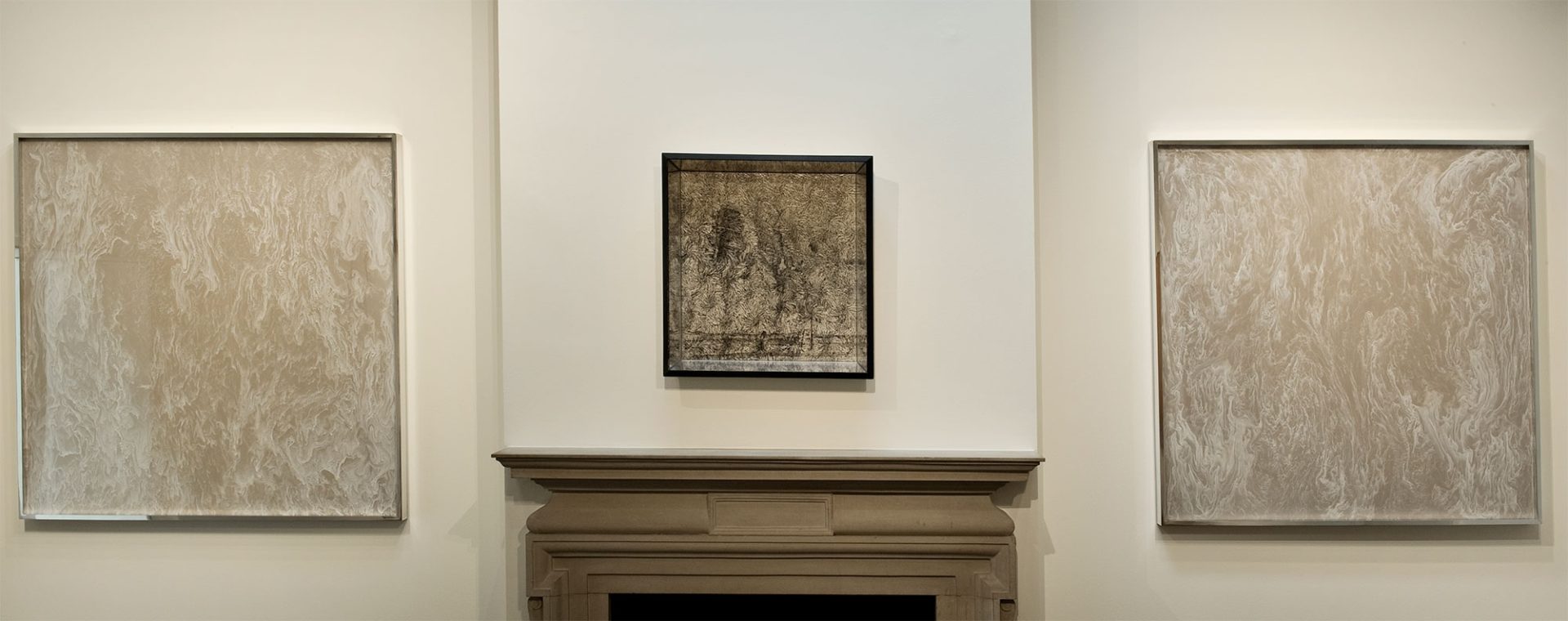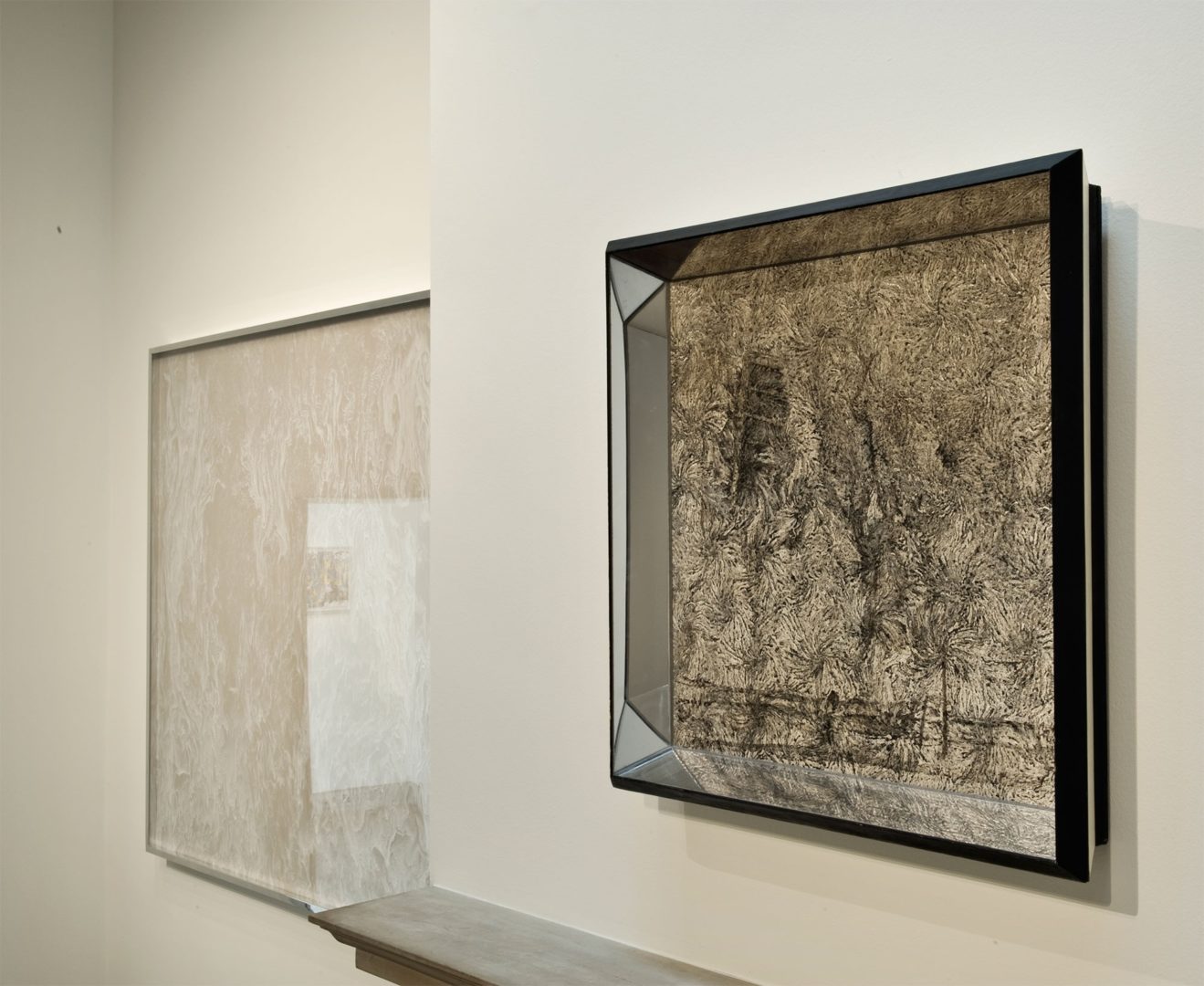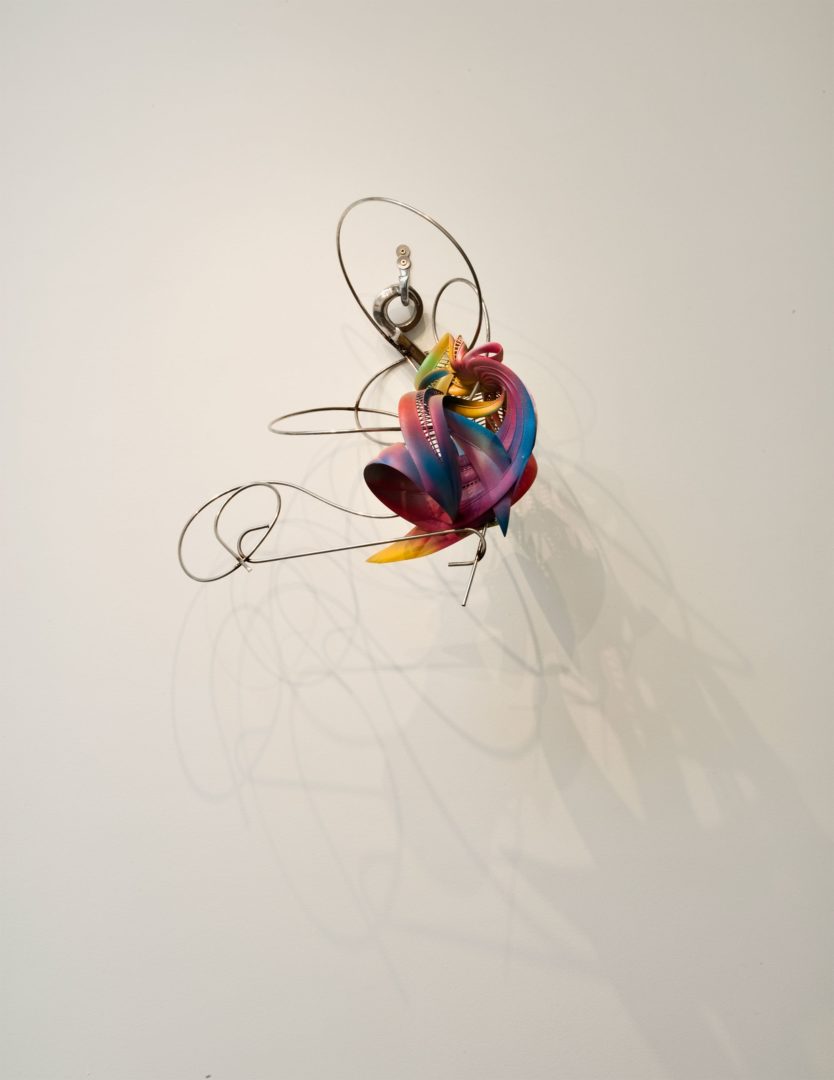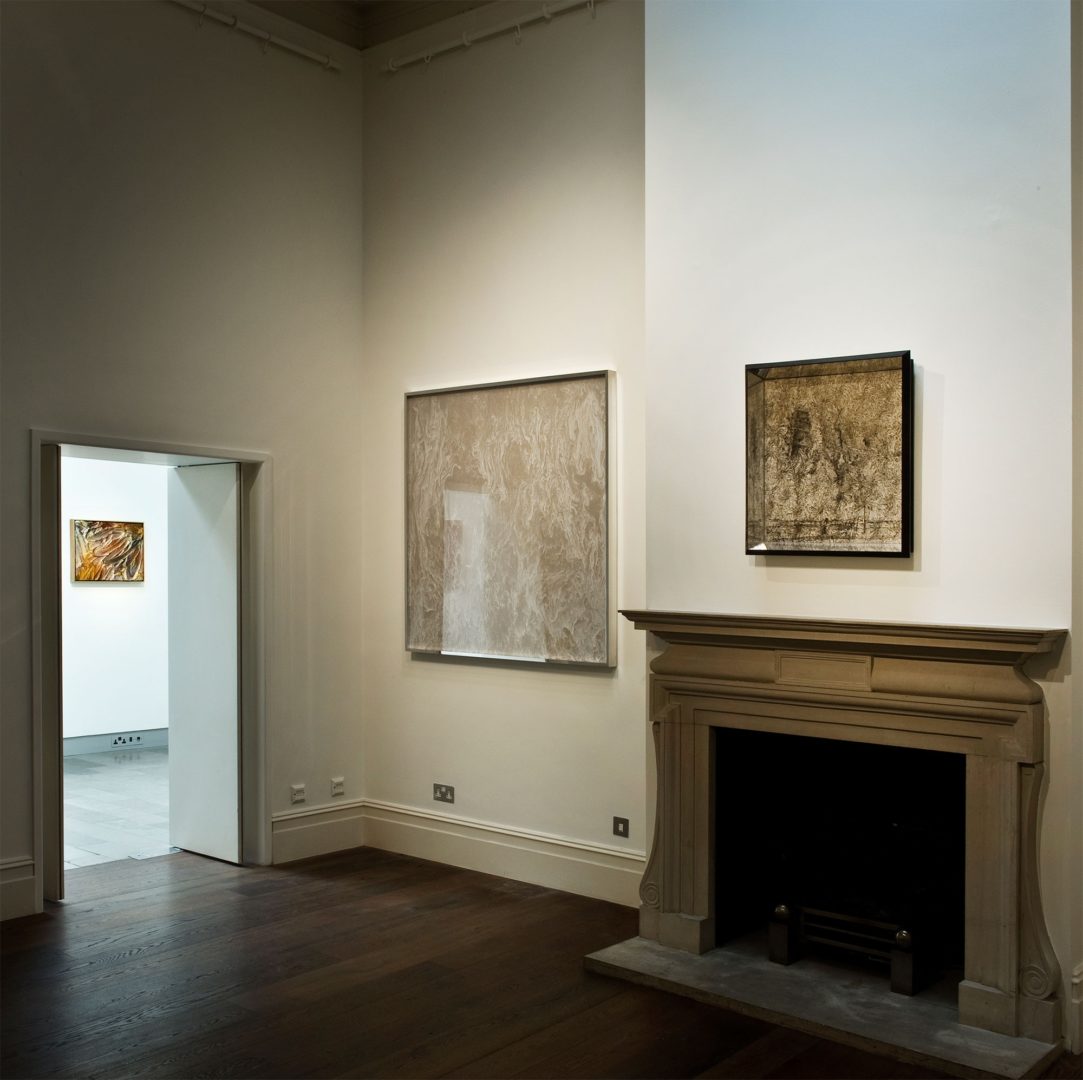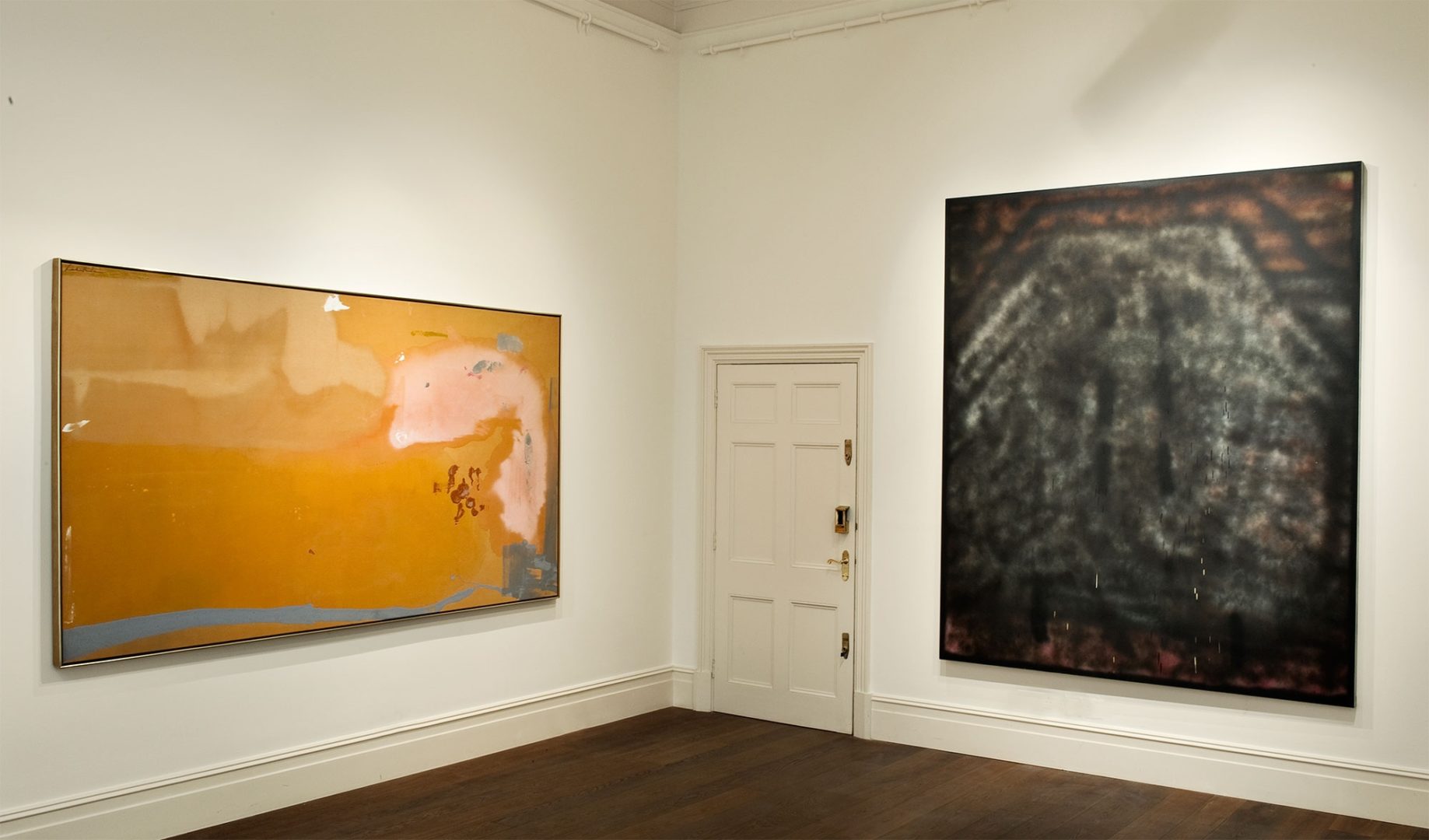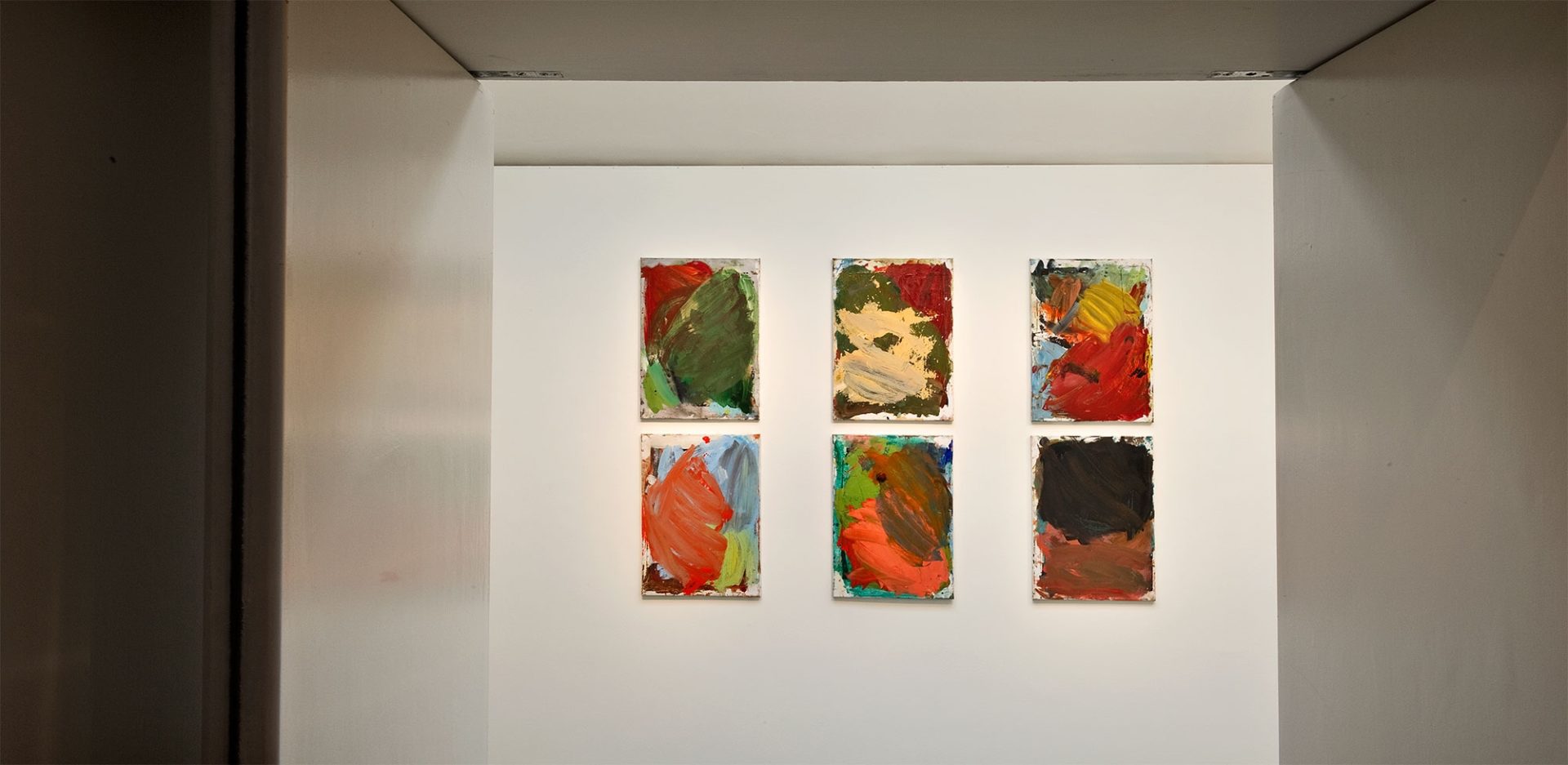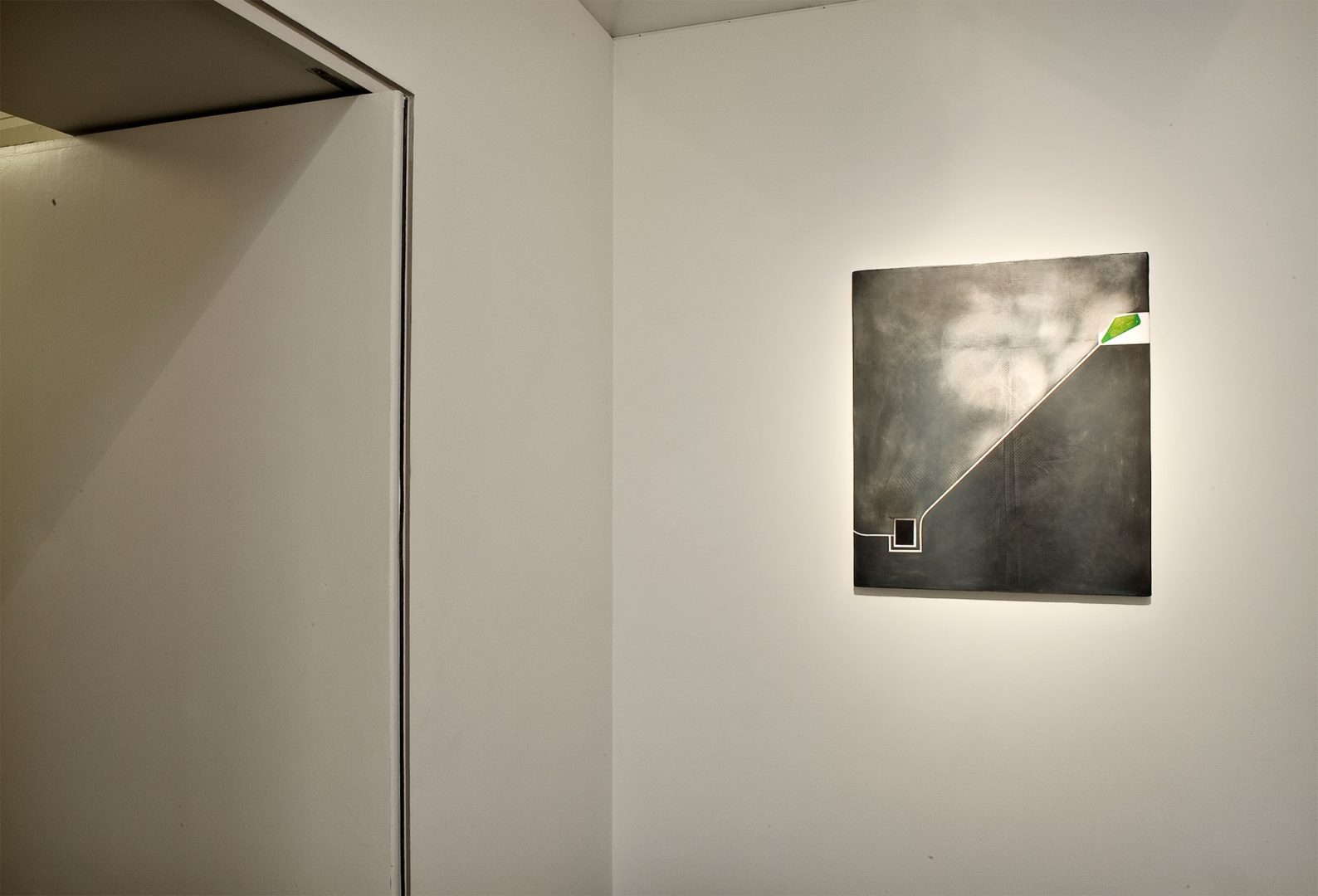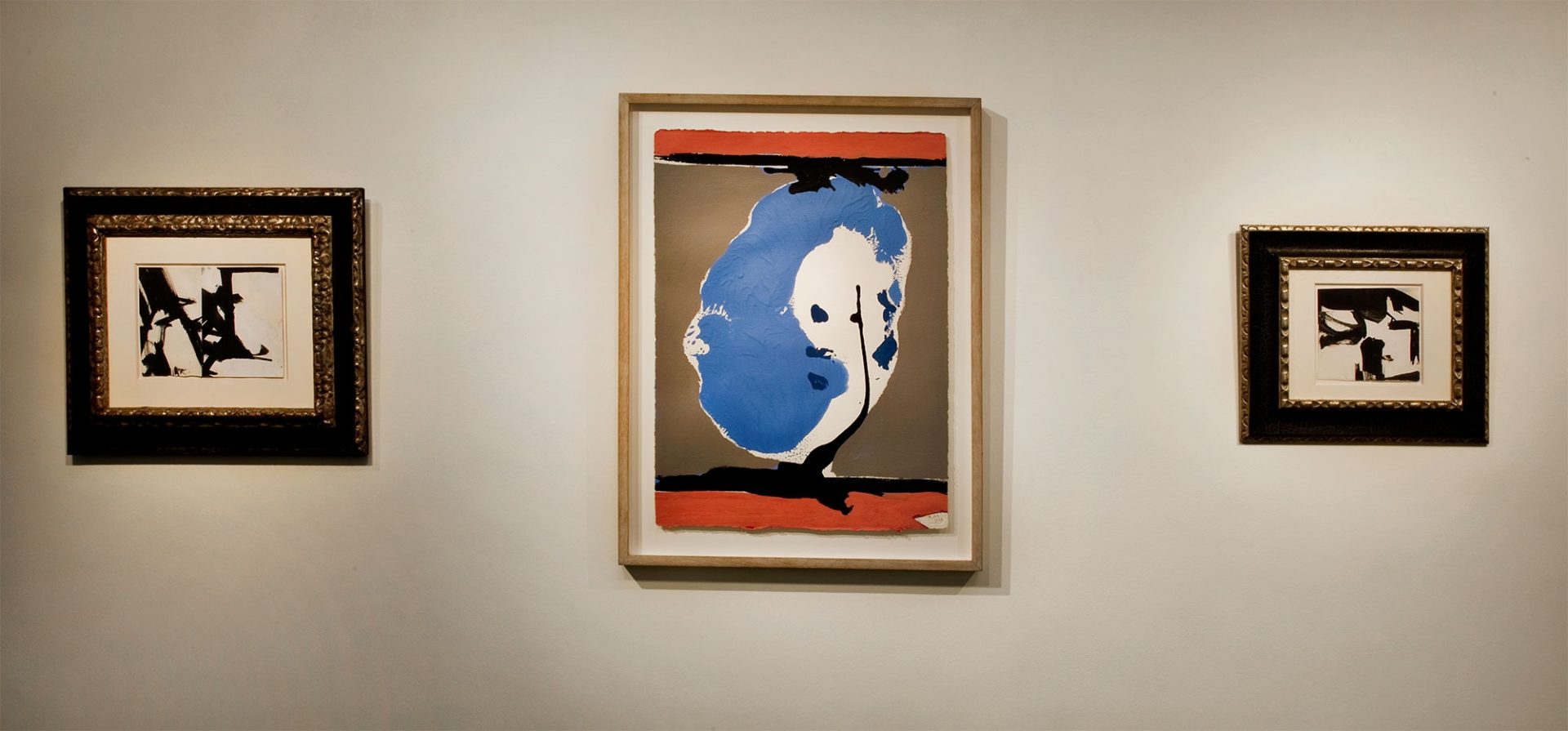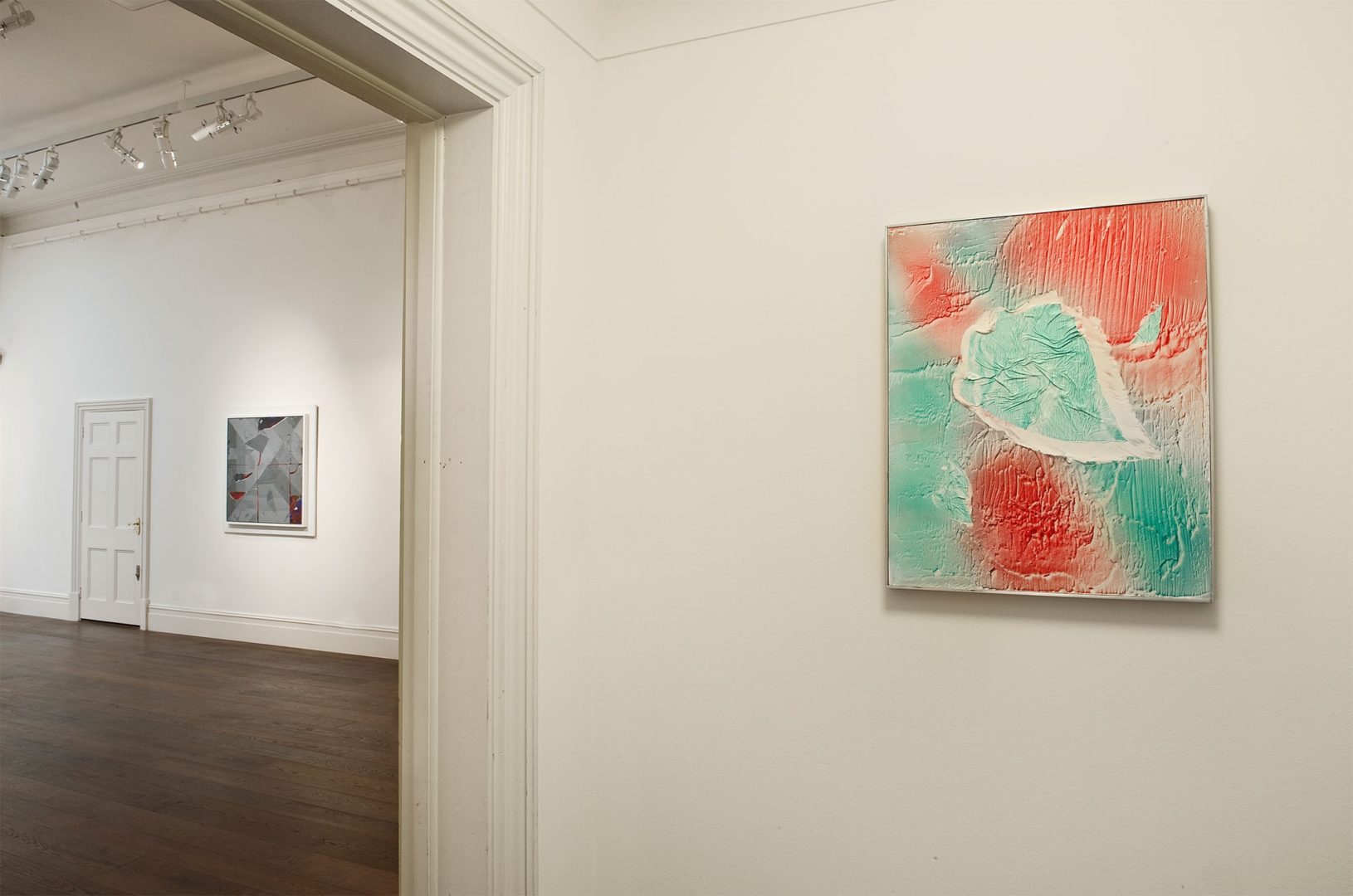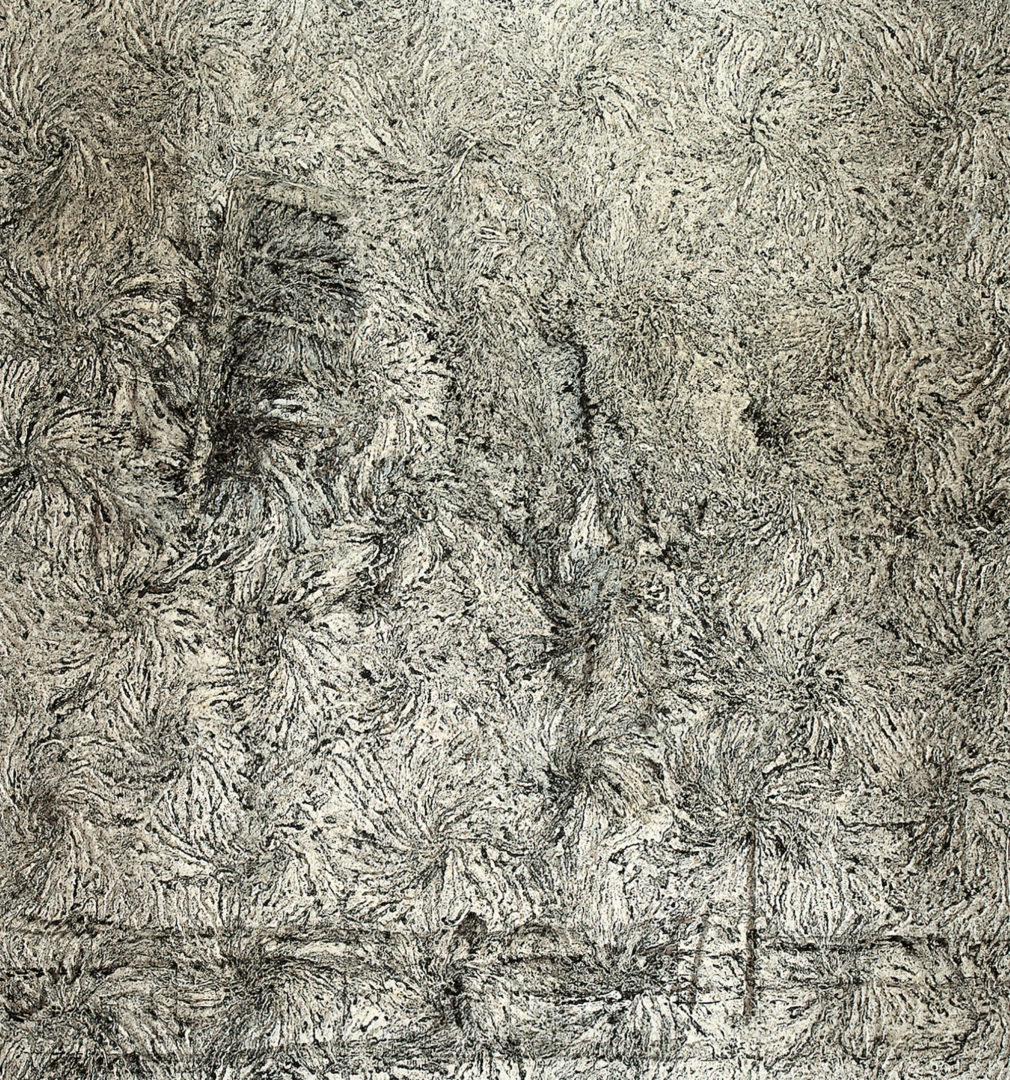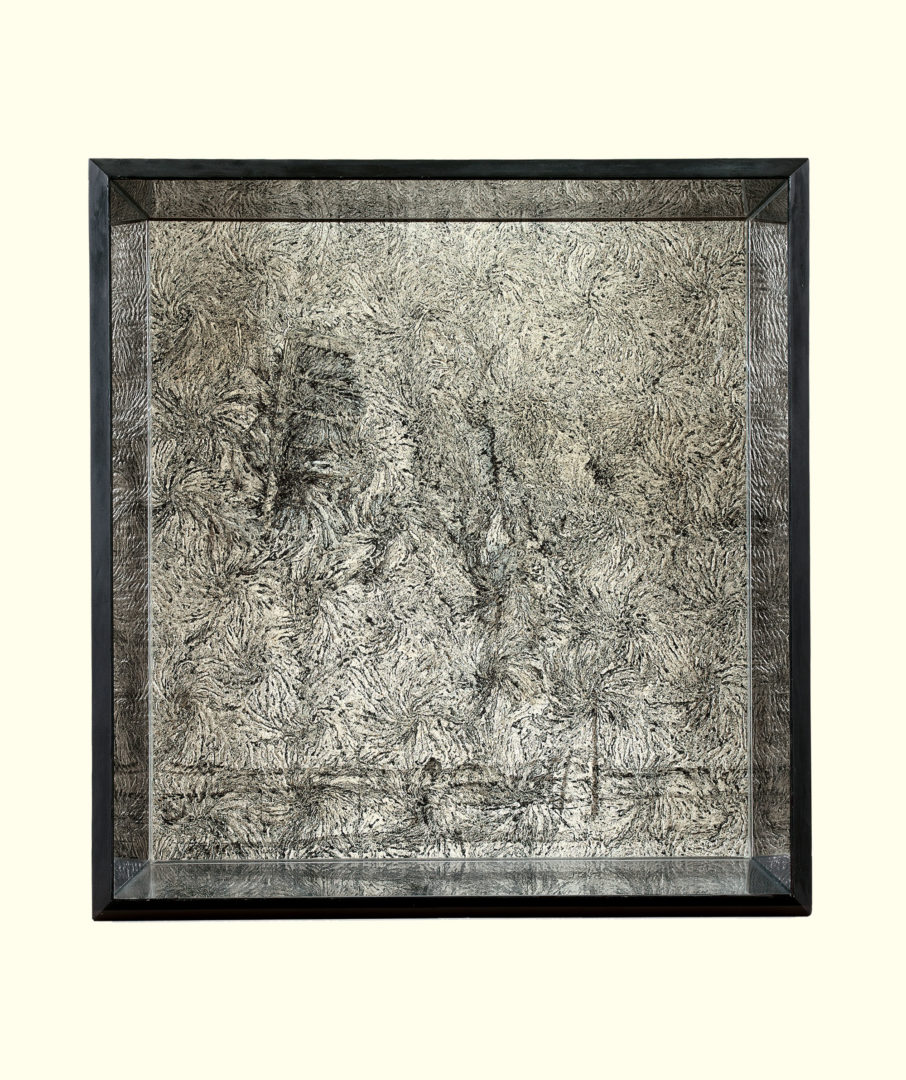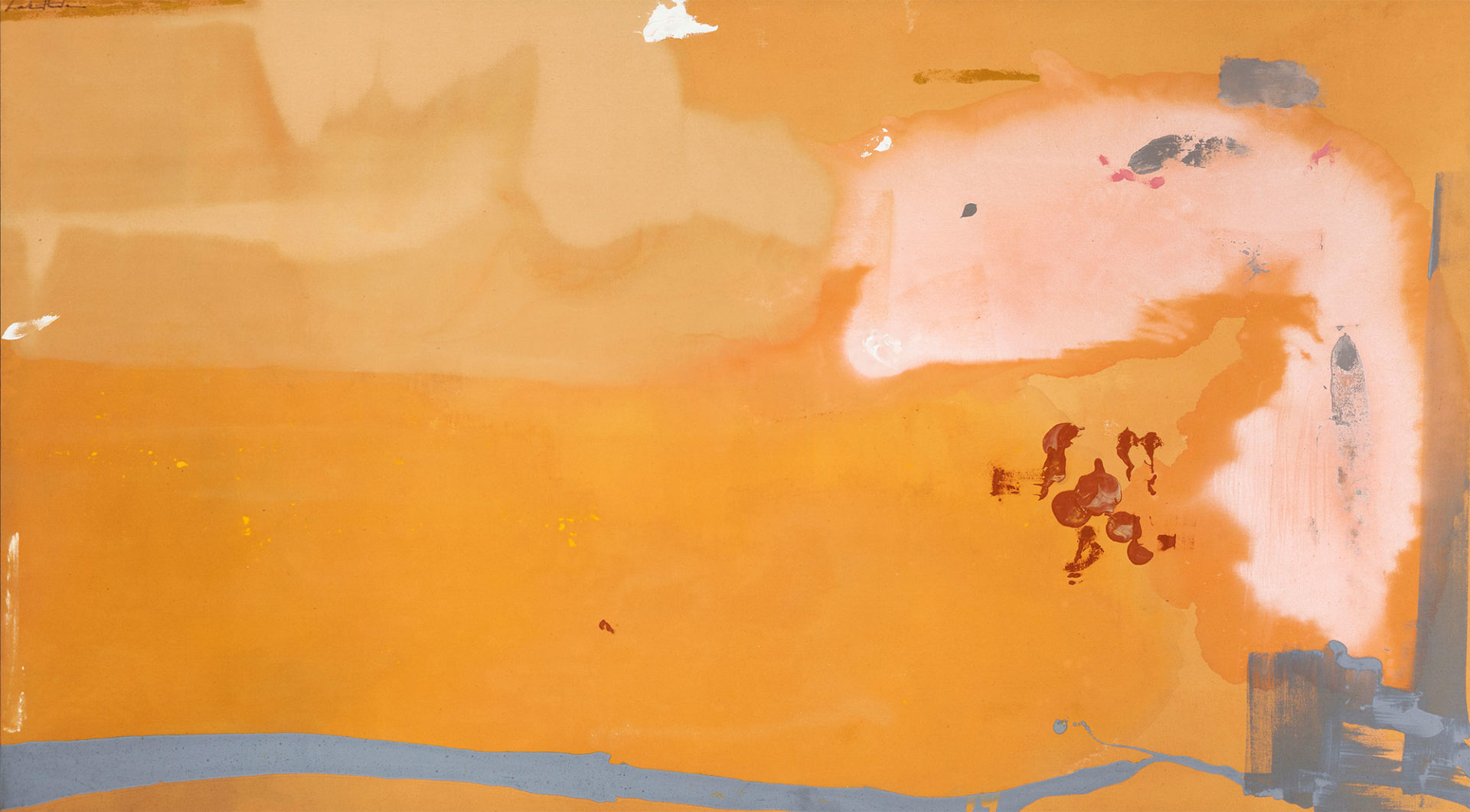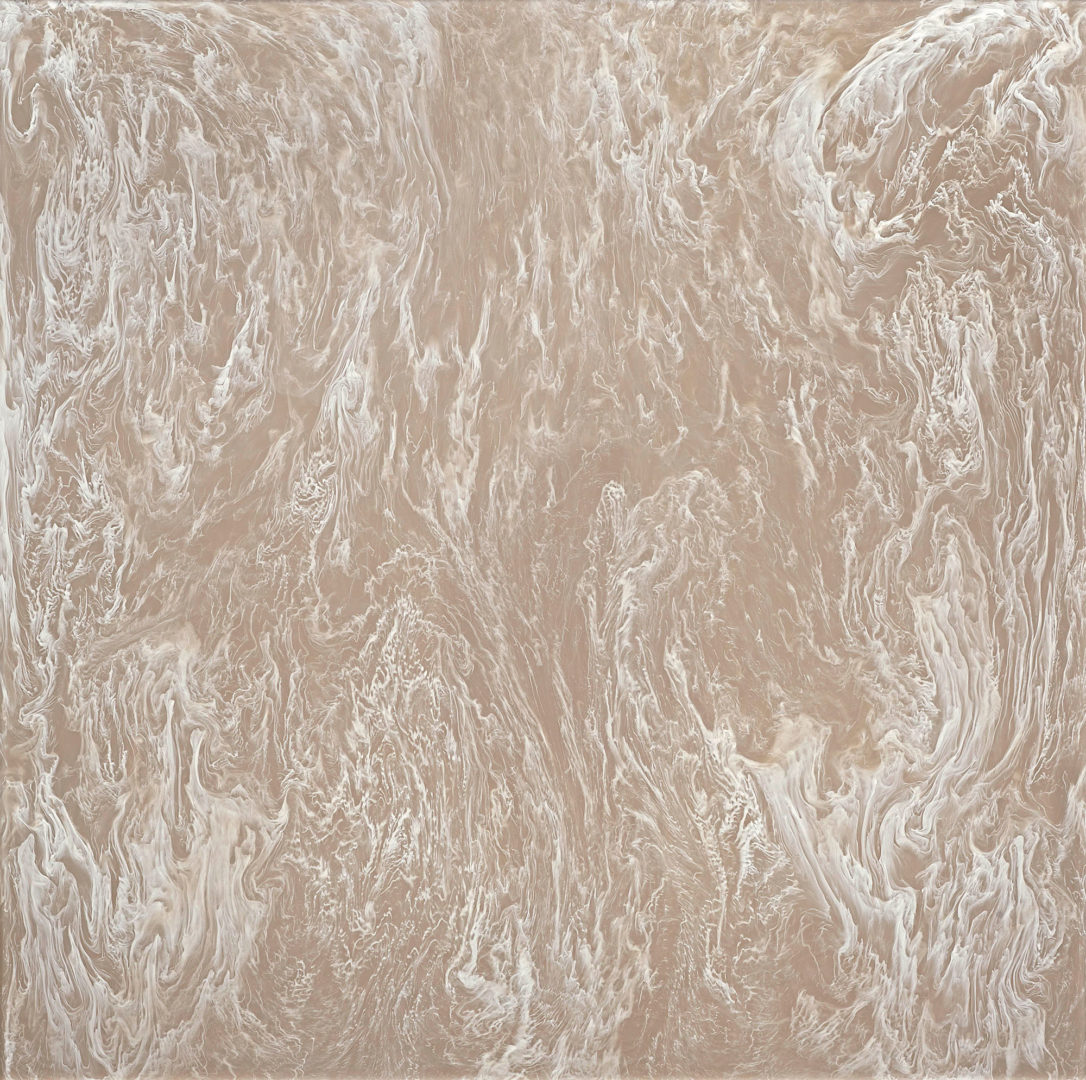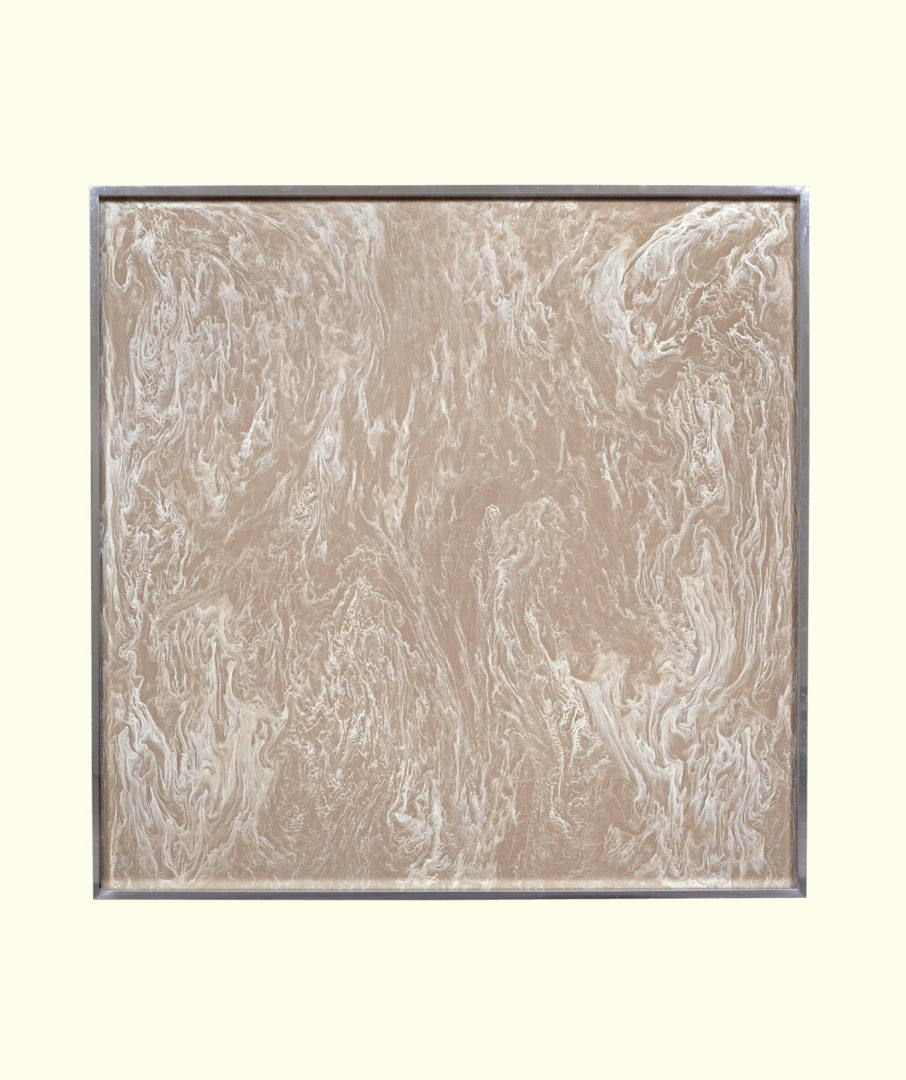FORMS OF ABSTRACTION: American Abstraction from the 1950s to Today
RICHARD ARTSCHWAGER, JOE BRADLEY, JAMES BUSBY, SAM FRANCIS, HELEN FRANKENTHALER, JULIAN HOEBER, HANS HOFMANN, FRANZ KLINE, ALEXANDER MAY, JOAN MITCHELL, ROBERT MOTHERWELL, KENNETH NOLAND, JULES OLITSKI, ROBERT RAUSCHENBERG, JOE REIHSEN, STERLING RUBY, JOSH SMITH, FRANK STELLA.
Dickinson is delighted to present Forms of Abstraction: American Abstraction from the 1950s to Today, an exhibition featuring selected works by Post-War and Contemporary American artists. The exhibition encompasses some of the most radical movements and developments in American art in the latter half of the 20th Century, all of which helped to shift the focus of the art world from Europe to the United States.
In the 1940s, American artists broke drastically with the established painting practice of mimetic representation to found the Abstract Expressionist movement, which used colour and gesture to evoke strong emotions. A group of painters known as the New York School, pioneered in part by Franz Kline, Robert Motherwell and Hans Hofmann, moved away from figuration and conventional techniques in favour of spontaneous, process-based compositions, following the lead of action painter Jackson Pollock. Franz Kline created dynamic black and white paintings, emphasising gesture by making the brushstroke central to his work. Hans Hofmann, an art theorist as well as a painter, combined the gestural qualities of action painting with vibrant colours to create intense yet minimalist compositions, eschewing more complex details and figures. Influenced by the Surrealist experiments with automatism, Robert Motherwell began his career using the dynamic brushstrokes of his peers, but later began to employ large areas of colour in what became known as the Colour Field Movement.
In the 1950s and 1960s, Sam Francis and Helen Frankenthaler continued to develop the Colour Field Movement with their vibrant compositions. Sam Francis moved away from the all-over style of his forerunners towards his characteristic technique of Edge Painting, drawing attention to his use of colour by pitting it against the stark white centres of his compositions. In her breakthrough stain painting technique, Helen Frankenthaler saturated her canvases with colour, exploring the polarity between drawing and shape-making. Influenced by Frankenthaler’s method, Kenneth Noland experimented with colour throughout the 1960s, creating highly geometric canvases that used shapes as the vehicles for colour.
The 1970s and 1980s saw a return to gestural painting, with artists experimenting with new materials and techniques of painting to produce highly textured compositions. A key contributor to the Lyrical Abstract Expressionist movement, Joan Mitchell painted all-over compositions that incorporated the frenetic brushstrokes, thick impasto, and vibrant colours of Abstract Expressionism to express nature rather than emotion. Richard Artschwager composed distinctly sculptural works, using unconventional materials as his supports to explore perception and the nature of artistic illusion. Combining colour fields and gestural painting, Jules Olitski drew inspiration from Frankenthaler’s stain-painting technique, yet he also experimented with his own unique methods, using sponges, mops, and rollers to apply paint. Robert Rauschenberg used mixed media such as photography, sculpture, and silk-screening in an effort to react against the Abstract Expressionist movement and return to representative art.
Drawing on the influences of their predecessors, a new generation of contemporary artists have emerged in America, synthesising the radical elements of the Abstract Expressionist movement with novel elements of their own devising. Furthering the movement by advocating unusual materials and sculptural compositions, the innovative Frank Stella creates multi-dimensional reliefs that translate gestural brushstrokes into swirls of metal. With similarly textured compositions, James Busby returns to the process-art and automatism of artists like Franz Kline and Robert Motherwell, using his intuition rather than following a direct path to create reflective, tactile surfaces. Joe Reihsen uses paint as a quasi-sculptural medium, both building up and removing layers of paint to create compositions that thrive on the tension between the material and the immaterial. So, too, does Alexander May emphasise the materiality of his works, painting with minimal yet dynamic brushstrokes on top of unusual support materials, such as sheet rubber and aluminium. Also returning to and reacting against the roots of Abstract Expressionism are artists such as Joe Bradley, Sterling Ruby, Josh Smith and Julian Hoeber, who have combined abstraction with a trend toward figuration and signification. Working in series, Joe Bradley draws on Primitivism, Abstract Expressionism, and Pop Art to inform his compositions, which explore the archetypal with their use of minimalism and symbolism. Sterling Ruby challenges the pristine elitism of previous movements by referencing street art and graffiti, evoking difficult and painful emotions in his often intentionally vandalised compositions, which address the violence and sexuality of American society. So, too, does Josh Smith challenge the legacy of Abstract Expressionism with his compositions that emphasize the act of looking over aesthetics. Op-Artist Julian Hoeber seeks to simultaneously explore and subvert the perception of space, using both collage and optical illusions to experiment with depth.

